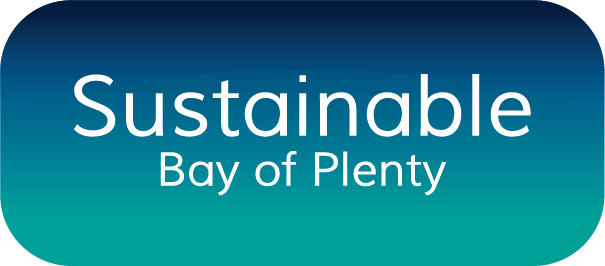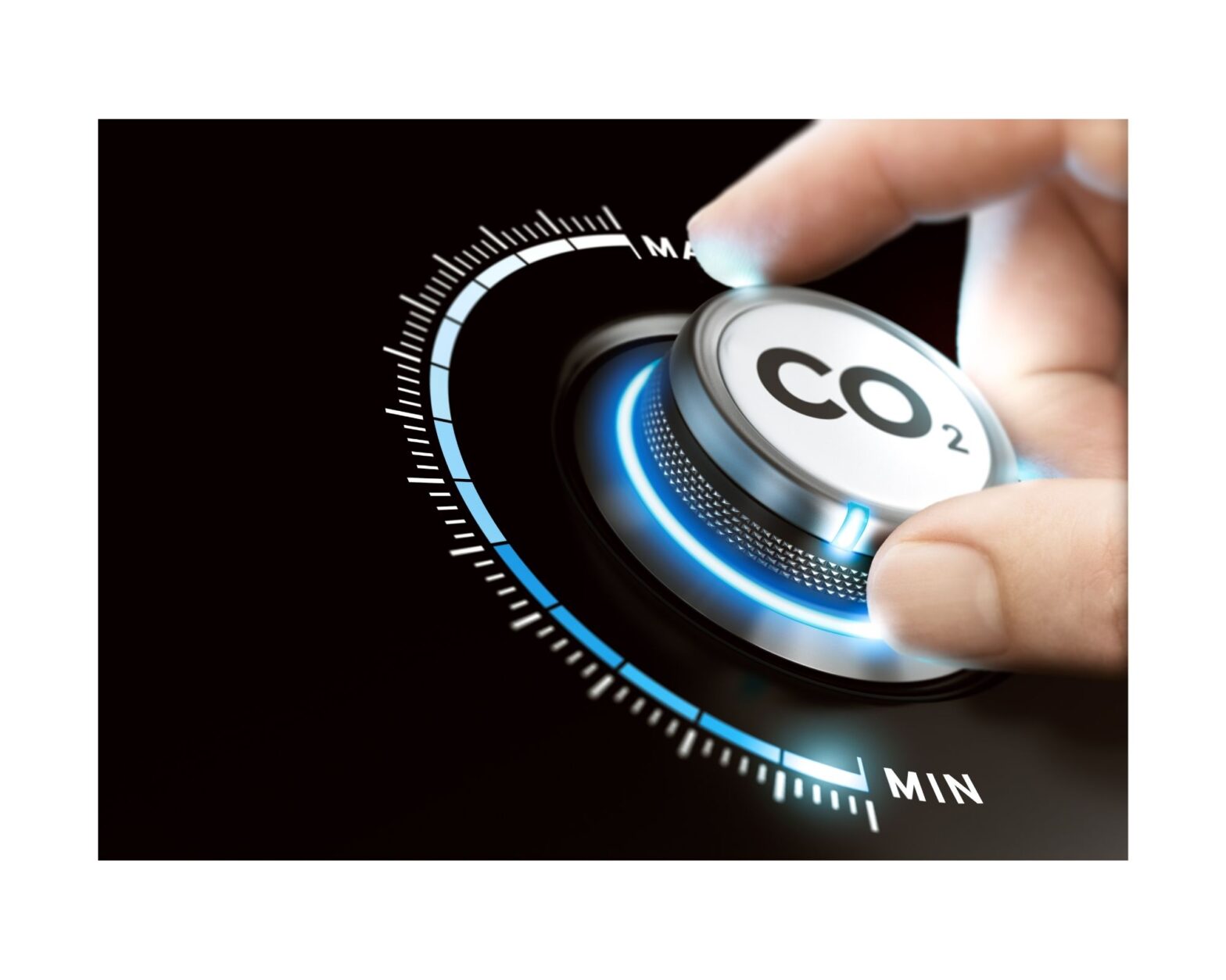by Jo Wills & Glen Crowther
Hydronic heating, Tesla EVs, and gourmet plant protein meals all have a role to play in New Zealand’s low carbon future, but what place will they have in the lives of an everyday low-income family?
Carbon dioxide emissions from housing and transport are two of the key areas being targeted by the government for carbon reduction. These areas also contain some of the country’s most socially harmful inequities, seen in the statistics for child poverty, fuel poverty, housing-related health issues, and unemployment and isolation due to lack of affordable transport options.
Currently, adopting a low carbon lifestyle is most easily available to those who can afford it. The irony is that low carbon choices often come with added benefits that would particularly help those who can’t afford them, such as lower power bills, improved health outcomes and increased wellbeing.
Those people who can’t afford the initial cost of low carbon technologies typically continue to travel around our region in high emissions vehicles, worry about the leaks in their roof, and ponder the mounting doctors’ bills for their sick children as a result of their cold, damp homes. These are the mums and dads and kids being left behind in the country’s transition to a low carbon economy.
Housing presents a huge opportunity to reduce carbon emissions, through reduced energy use, as well as reduced embodied emissions in the materials used. Energy efficient, low carbon, high performance housing could be the standard for all dwellings, and especially for public, social and affordable housing. We have a housing crisis on top of a carbon crisis, so killing two birds with one stone seems like the logical and ethical thing to do – but this isn’t happening.
Space heating and hot water are the two biggest energy costs for most NZ households, yet we continue to build and replace space heating and water heating systems that lock in energy hardship and high carbon emissions. Why? Because the initial cost is cheaper.
This approach simply trades off a cheaper heating system for increased health costs and higher carbon emissions in the longer term. It has burdened the New Zealand public for many years and has contributed to worsening inter-generational inequity.
Hydronic heating is a fancy term for water-based central heating. It is common in Europe and provides, low emission, efficient, whole of house heating. It’s far from new technology, but comes with a price tag of between $13,000 to $40,000, depending on the system. However, the running costs are a game-changer, as these systems can cost as little as $1.50 per day to run. That’s only $45 per month to heat every room in your house!
Hot water heat pumps also provide low emission, low-cost, hot water heating. These systems will cost you the better part of $8,000, which is close to four times the cost of a traditional electric hot water system. On the other hand, they have a ‘COP’ of around 4, which means they give out four times as much energy as put in, and correspondingly only one-quarter of the carbon emissions.
These two technologies could change the lives of low-income, high occupancy households. You can have an efficient, low emission, warm, healthy home … if you can afford it. Sadly, we are living in a country where wellbeing seems to be reserved for the wealthy.
The government recently announced its clean car discount programme, contributing up to $8625 to the cost of a new electric vehicle (EV) or $3450 towards an imported second-hand EV. A new EV with a good range typically costs between $50,000 and $70,000, while a second-hand model will be between $10,000 to $65,000. A new Tesla will set you back a minimum of $85,000. And good luck finding a $10,000 used Nissan Leaf – those days seem to be gone for now.
This initiative has a positive intent, but the benefits of zero emission private transport are unlikely to be experienced by many low-income Kiwis in the next few years. The cost to buy an EV makes it unaffordable for most households living on less than the median income. On top of that, many low-income communities are located outside of urban areas, so the distance to the nearest town centre would challenge the range of lower-cost EVs.
Public transport is also a focus area for our government. A viable public transport system needs to provide options that are accessible to most New Zealanders, not just those in our largest cities. Holding down a job requires reliable transport. No vehicle, or no fuel, often means no job. Supporting a reliable, accessible and affordable public transport system is a far more inclusive pathway towards lower emissions than subsidizing wealthy people’s luxury car purchases.
As is investing heavily in cycling infrastructure to enable safe, continuous and direct active transport – particularly over shorter distances. Maybe not a cycle harbour bridge for around $0.7 billion, but certainly safe cycleways servicing local schools, and arterial cycleway networks around our towns and cities.
Our government is talking about the importance of a “just transition”. Social injustice is a huge issue when those without choice are limited to cheap, high carbon infrastructure with high running costs and low performance outcomes, thereby locking in financial hardship. A better option is to support low income earners into low carbon solutions, while increasing the price of higher carbon alternatives.
It is essential that New Zealand develops a clear policy pathway to guide the transition towards a low carbon future, and it’s a relief to see the government starting to move in this direction. However, if we end up with low carbon lifestyles and improved wellbeing for only the rich, then we seem to have missed the point.


Commonsense, pragmatism, practicality plus efficiency dictate passenger rail as the essential solution which environmentally and long term bestows the greatest public benefits. (see “Omni Solution for Tauranga Region 2021/ 52022 submission.)
Solar Thermal heating for domestic and commercial hot water becomes extremely efficient when combined with a larger cylinder enabling energy storage. My experience encompassed some of NZ’s biggest solar culminating in a provincial Supreme Sustainability Award 2020.
Thanks Jos. Yes, solar thermal is the forgotten tool in the energy and climate toolkit. It’s old technology now, but that makes it tried and tested and (from personal experience) a cost-effective way to take charge of your energy usage. However, the problem is that the government’s increases to electricity fixed line charges will make it relatively more expensive to choose solar thermal or solar PV on your home. Which raises the question: do we need to look again at Jeanette Fitzsimons’ desired policy of a lower-priced electricity / energy / carbon ‘budget’ for everyone, and then charge a lot more per unit once you’ve used your budget? Pros and cons, of course, but seems worth considering…